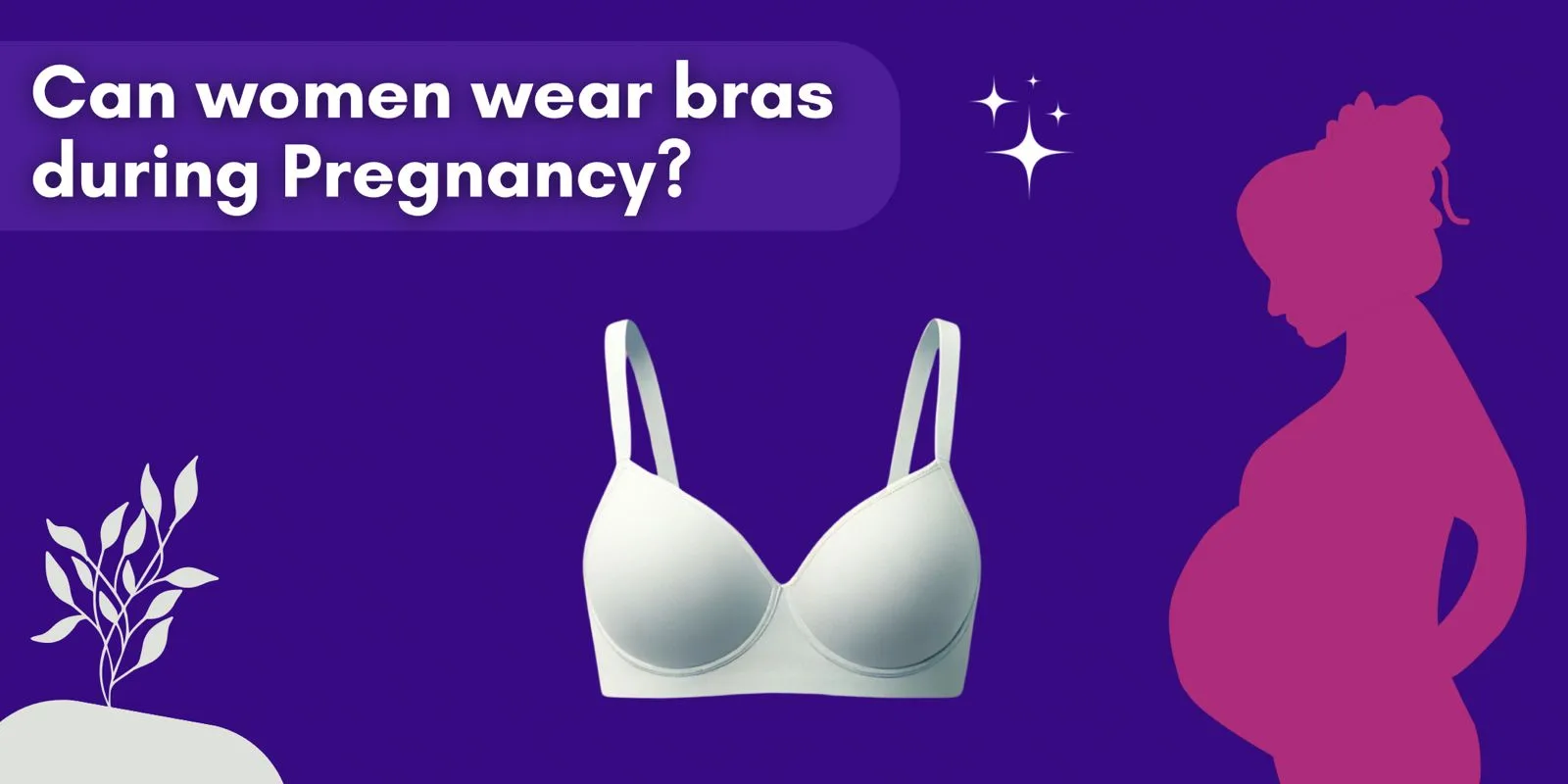Cervical cancer, a malignant tumor of the cervix, the lowermost part of the uterus that connects to the vagina, presents a significant health challenge for women worldwide. Despite being one of the most preventable types of cancer, it remains a leading cause of cancer-related deaths among women in less developed regions, where access to screening and vaccination is limited. This article aims to demystify cervical cancer, highlighting its signs, symptoms, and the crucial steps women can take to prevent it.
Understanding Cervical Cancer
Cervical cancer arises from the cells lining the cervix. It’s primarily caused by persistent infection with certain types of Human Papillomavirus (HPV). While HPV infections are common and usually clear up on their own, some can lead to cancer. The two main types of cervical cancer are squamous cell carcinomas, which originate in the thin, flat cells lining the outer part of the cervix, and adenocarcinomas, which develop from glandular cells. Squamous cell carcinomas account for the majority of cervical cancers.
Epidemiology
Globally, cervical cancer is the fourth most frequent cancer in women. The peak incidence occurs in women between the ages of 30 and 34. However, it’s not confined to this age group; it can affect women of all ages. Early detection plays a pivotal role in improving outcomes, as cervical cancer is highly treatable when found early and managed effectively.
Signs and Symptoms to Watch For
Recognizing the signs and symptoms of cervical cancer can save lives. Key symptoms include:
- Persistent Abnormal Vaginal Bleeding: This includes bleeding between periods, after sexual intercourse, or after menopause.
- Unusual Vaginal Discharge: A change in the color, smell, or consistency of vaginal discharge may be a warning sign.
- Pain During Sexual Intercourse: Discomfort or pain during intercourse can be a symptom of cervical cancer.
- Post-Menopausal Bleeding: Any bleeding after menopause should be evaluated by a healthcare provider.
These symptoms can also be caused by conditions other than cervical cancer, but they should not be ignored and warrant a medical consultation.
Diagnostic Procedures
If any of the above symptoms are present, it’s crucial to see a healthcare provider. The examination might include a pelvic exam and a Pap test, which can detect precancerous conditions of the cervix. For women over 30, an HPV DNA test may be conducted alongside the Pap test. These screening tests have dramatically reduced the mortality rate of cervical cancer in countries where they are widely available.
Prevention Strategies
Cervical cancer is one of the most preventable types of cancer. Key prevention strategies include:
- Regular Cervical Screening: Pap smears and HPV testing can identify precancerous changes in the cervix before cancer develops.
- HPV Vaccination: The HPV vaccine protects against the types of HPV that most often cause cervical, vaginal, and vulvar cancers. It’s recommended for preteens (boys and girls) aged 11 to 12 years but can be administered as early as age 9 and up to age 26.
- Safe Sex Practices: Using condoms and limiting the number of sexual partners can reduce the risk of HPV infection.
Conclusion
Cervical cancer poses a significant threat to women’s health worldwide, but it doesn’t have to. With the right knowledge and tools, it’s preventable. Recognizing the signs and symptoms, undergoing regular screenings, and getting vaccinated against HPV are powerful steps in the fight against cervical cancer. Awareness and proactive health practices can make a difference in reducing the incidence and impact of this disease. Let’s join hands in spreading the word and taking action to protect ourselves and our loved ones from cervical cancer.
Additional Resources
For more information on cervical cancer, including detailed guides on prevention, diagnosis, and treatment options, visit reputable health websites such as the World Health Organization (WHO), the Centers for Disease Control and Prevention (CDC), and the American Cancer Society. Engaging with local health campaigns and educational materials can also provide valuable insights and support in the journey to prevent and fight cervical cancer.
Image credit : Canva




















